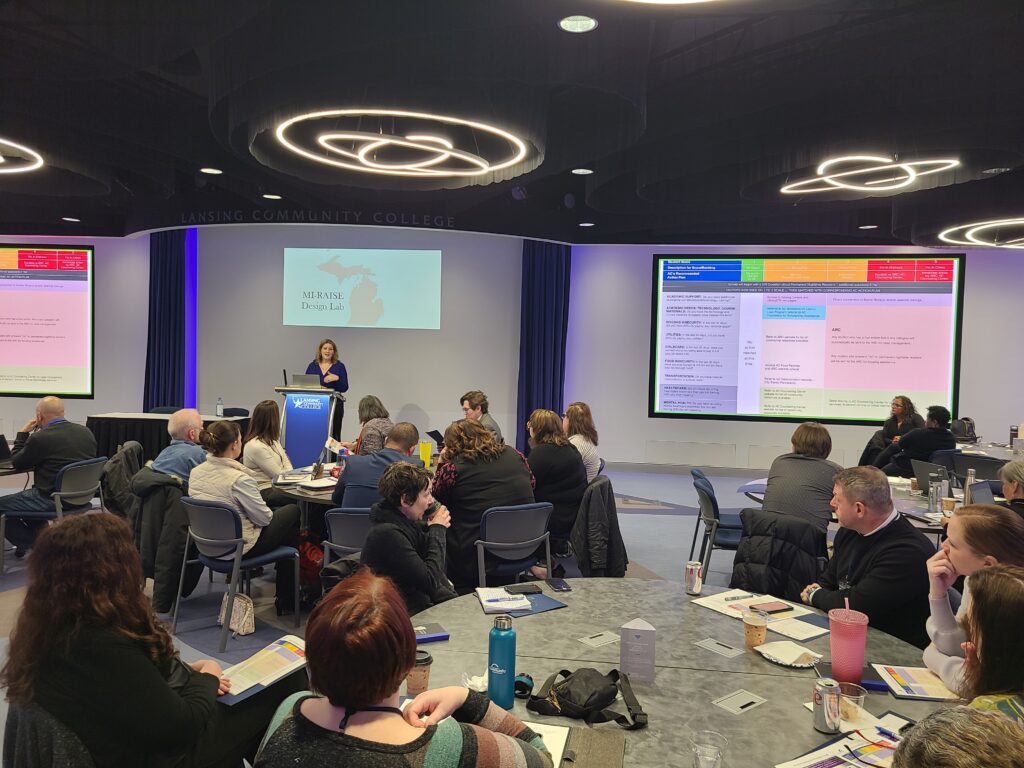Through a series of complex legislative and judicial actions, Georgia in July became the only state to implement work requirements to qualify for expanded Medicaid coverage.
This amounts to a social welfare experiment that has eluded efforts by Congress, Michigan and numerous other states.
Taking effect through a partial Medicaid expansion, the Georgia requirements raise a host of political, ethical and practical questions that have long surrounded the debate about work requirements.
Nonetheless, this is an experiment worth watching. It’s an opportunity to gather much-needed evidence on the effect benefit programs have on work participation and poverty alleviation.
Removing work disincentives
TalentFirst has long advocated for reforms to outdated benefit policies. With their confusing web of uneven requirements, safety net programs can unintentionally create disincentives to work and trap people in poverty. By not serving the best interests of beneficiaries, they hold all of us back.
In our 2022 report on Michigan’s decades-long decline in labor force participation, we issued several recommendations for reform, including for Medicaid, the nation’s largest means-tested program. We also acknowledged the inherent challenges, including that work incentives may not be as effective with Medicaid as with other programs, because healthcare generally is not denied to those in need.
It’s also critical to recognize that the problem does not lie with the benefit recipients, who are simply making rational decisions for the well-being of themselves and their families. Reforms must be designed in a way that respects the need for an effective safety net for those most in need.
The problem is that we have limited – and often contradictory – data about work requirements, particularly regarding Medicaid. This is how Georgia’s case may be instructive, because federal law requires the state to track and report the number of enrollees who gain and maintain coverage.
Georgia’s plan
Georgia’s “Pathways to Coverage” is similar to plans that were attempted in other states. One difference is that it is applying the work requirements under Medicaid expansion to a new coverage group, adults between ages 18 and 64 who earn less than 100% of the federal poverty level – $14,580 a year for a single person, $24,860 for a family of three. (Georgia’s basic eligibility already was extremely limited, excluding adults without children regardless of poverty.)
Before they can apply, and to remain in the program, Georgians will need to prove they are working, going to college, undergoing job training or volunteering at least 80 hours per month. The plan also requires premiums, between $7 and $11 a month, for participants whose income is at least 50% of the federal poverty level.
Critics and proponents alike are raising the same arguments that have surrounded benefit reforms for decades. Most of these arguments are based on economic projections or extrapolating results from work requirements in non-Medicaid programs.
One study suggests that the average number of work hours among Medicaid beneficiaries would nearly triple if all non-disabled Medicaid beneficiaries were required to work at least 20 hours per week. That study projects male recipients who work their way off Medicaid could benefit from almost $1 million more in lifetime earnings compared to Medicaid recipients who do not increase work.
A counterargument is that most Medicaid participants are already working, and that the healthcare coverage they receive actually helps low-wage workers stay in the workforce by keeping them healthy. Critics of work requirements also maintain that mandates don’t help people find jobs and that red tape can cause them to lose benefits.
Getting real data
The problem with these arguments is that they are not founded on actual implementation of work requirements for Medicaid. Whatever one’s view on the validity of Georgia’s approach, it’s worth monitoring on two points.
One, the plan will expand coverage to people previously ineligible – albeit to a fraction of the number critics would like to see. Two, it provides an opportunity for real-time data on the effects of work requirements in Medicaid.
At TalentFirst, we recognize barriers to employment are complex. Just as we need a social safety net, we must ensure that the policies creating that safety net do not unintentionally sideline people from the workforce, causing more harm than good.
As we observe Georgia’s experiment, we encourage state policymakers to do the same, gathering valuable data that can inform strategies to remove work disincentives and lift more Michiganders out of poverty.


